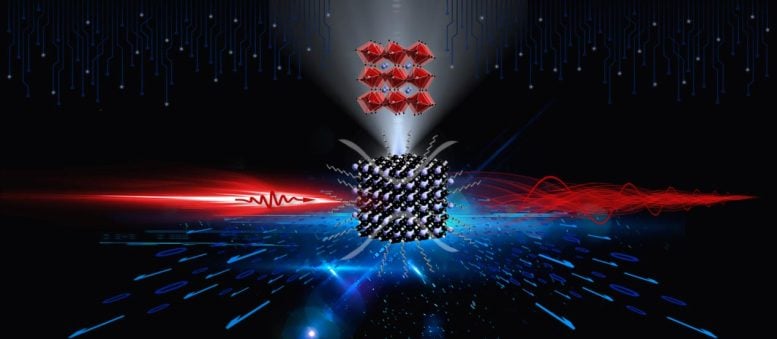
Lattice distortion in lead halide perovskite quantum dots leads to a fine structure gap and coherent exciton quantum beating. Credit: DICP
Scientists just reported the utilization of lattice distortion in lead halide perovskite quantum dots to control their exciton fine structure. The researchers were led by Prof. Kaifeng Wu from the Dalian Institute of Chemical Physics (DICP) of the Chinese Academy of Sciences (CAS), in collaboration with Dr. Peter C. Sercel from the Center for Hybrid Organic Inorganic Semiconductors for Energy (CHOISE). CHOISE is an Energy Frontier Research Center (EFRC) of the U.S. Department of Energy’s Office of Science.
The study was published in Nature Materials on September 8, 2022.
It is well established that shape or crystal anisotropy in quantum dots, which are tiny semiconductor nanoparticles, results in energy splitting of their optically bright excitons (bound electron-hole pairs). This is known as fine structure splitting (FSS). These excitons form an important playground for quantum information science researchers. For instance, the excitons’ FSS can be exploited for coherent control of quantum states for quantum computing, or for polarization-entangled photon pairs in quantum optics, although for the latter it is important to suppress the magnitude of splitting.
Traditionally, studying FSS usually requires a single or just a few quantum dots at liquid-helium temperature, because of its sensitivity to quantum dot size and shape. Measuring FSS at an ensemble level, let alone controlling it, appears impossible unless all the dots are made to be nearly identical.
In this study, by using ensemble-level femtosecond polarized transient absorption, the scientists observed clear bright-exciton FSS in solution-processed CsPbI3 perovskite quantum dots, which is manifested as exciton quantum beats (periodic oscillations of kinetic traces).
“Even more amazingly, the beat frequency, as determined by the FSS energy, of a given sample can be continuously controlled by changing the temperature. This is an unprecedented result, meaning that now scientists can facilely control FSS through temperature,” said Prof. Wu.
The researchers also discovered that the temperature-dependent FSS was related to the interesting, highly-dynamic lattice of lead halide perovskites. Lowering the temperature led to a more distorted lead-iodide octahedral framework.
Calculations suggested that, because these orthorhombic-phase quantum dots were actually still bounded by the pseudocubic family of crystal planes, the lattice distortion results in an avoided crossing fine-structure gap between bright exciton. This gap was responsible for the observed FSS, and it could be detected in spite of quantum dot size and shape heterogeneity across an ensemble sample.
“Lattice distortion in CsPbI3 perovskites is well known in the photovoltaic community, as it is connected to the issue of phase stability of perovskite solar cells, but nobody has previously connected it experimentally to the exciton fine structure,” said Prof. Wu. “Our study demonstrates that this material property can actually be harnessed to control the bright-exciton splitting in quantum dots for quantum information technologies.”
Reference: “Lattice distortion inducing exciton splitting and coherent quantum beating in CsPbI3 perovskite quantum dots” by Yaoyao Han, Wenfei Liang, Xuyang Lin, Yulu Li, Fengke Sun, Fan Zhang, Peter C. Sercel and Kaifeng Wu, 8 September 2022, Nature Materials.
DOI: 10.1038/s41563-022-01349-4


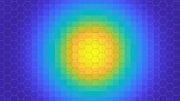
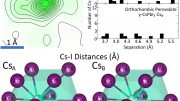


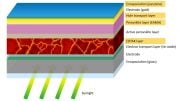
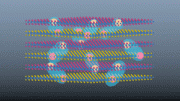
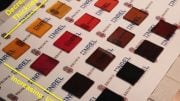
… if bacon bits would be added then, perhaps… because everything tastes better with bacon…
about crystal lattice of metals https://drive.google.com/file/d/1dNzO0hoqMF_JfOy3dU4_F3SP2Mzc7JL0/view
https://drive.google.com/file/d/1dNzO0hoqMF_JfOy3dU4_F3SP2Mzc7JL0/view?fbclid=IwAR07cDP0wkConx6ryXQ8blTKJspUGVHkH9C9G9KIkeF1V2f0YAsLkOfixMQ
Three kinds of electrons in metal
crystals. Band theory of a metal from the
side of its crystal lattice.